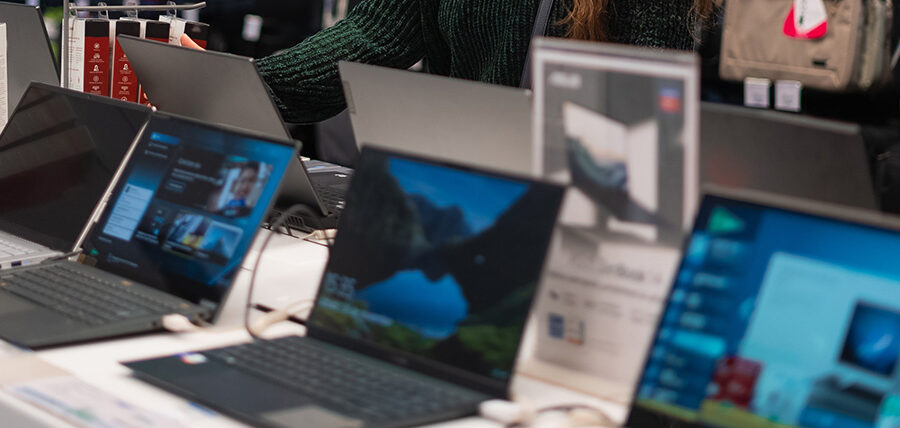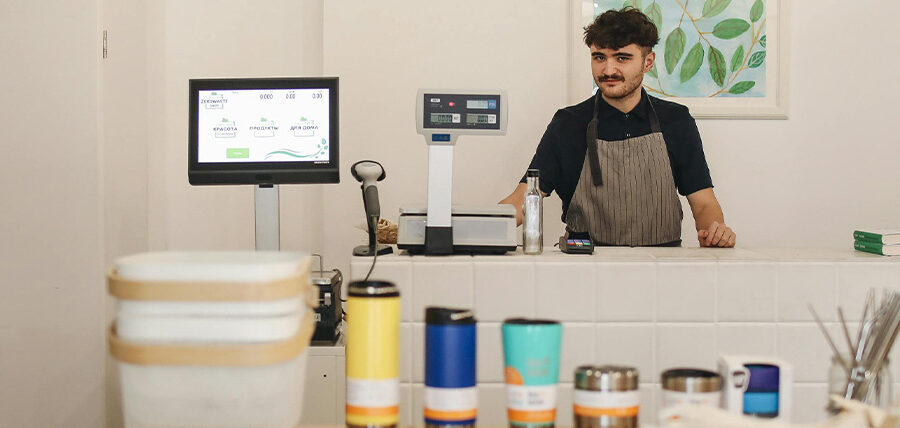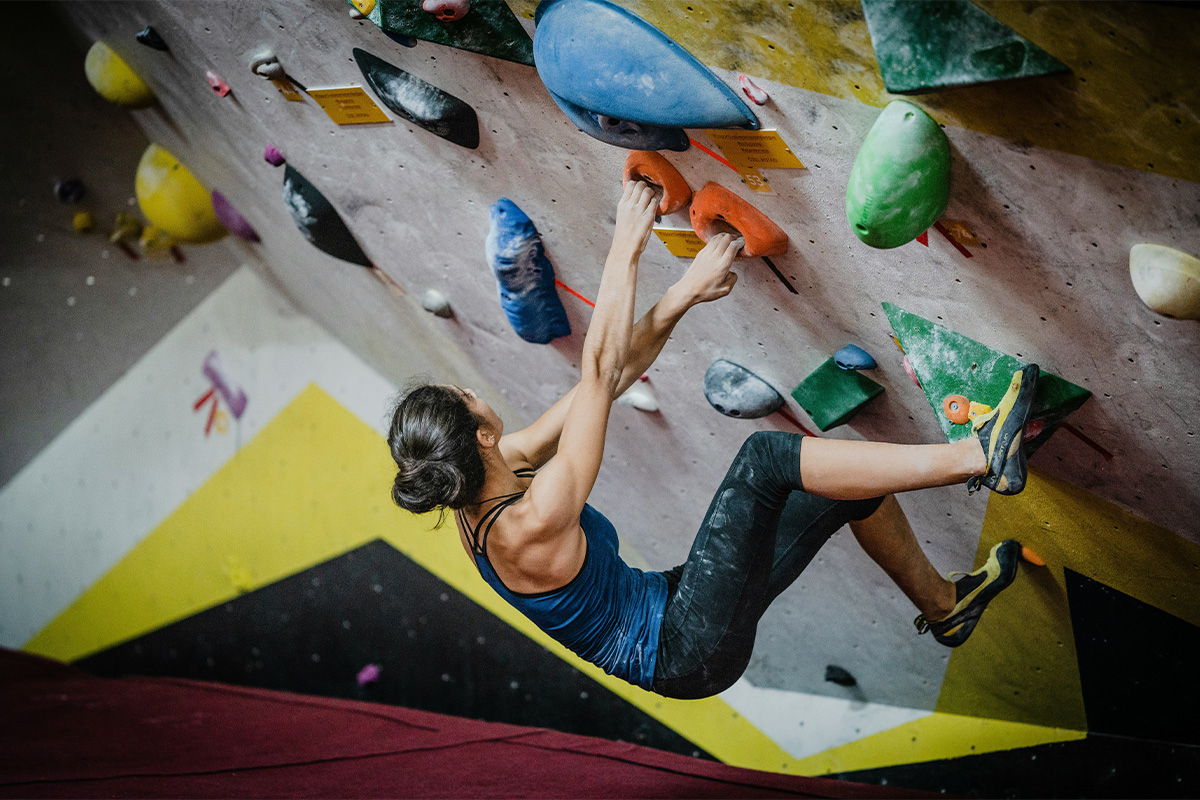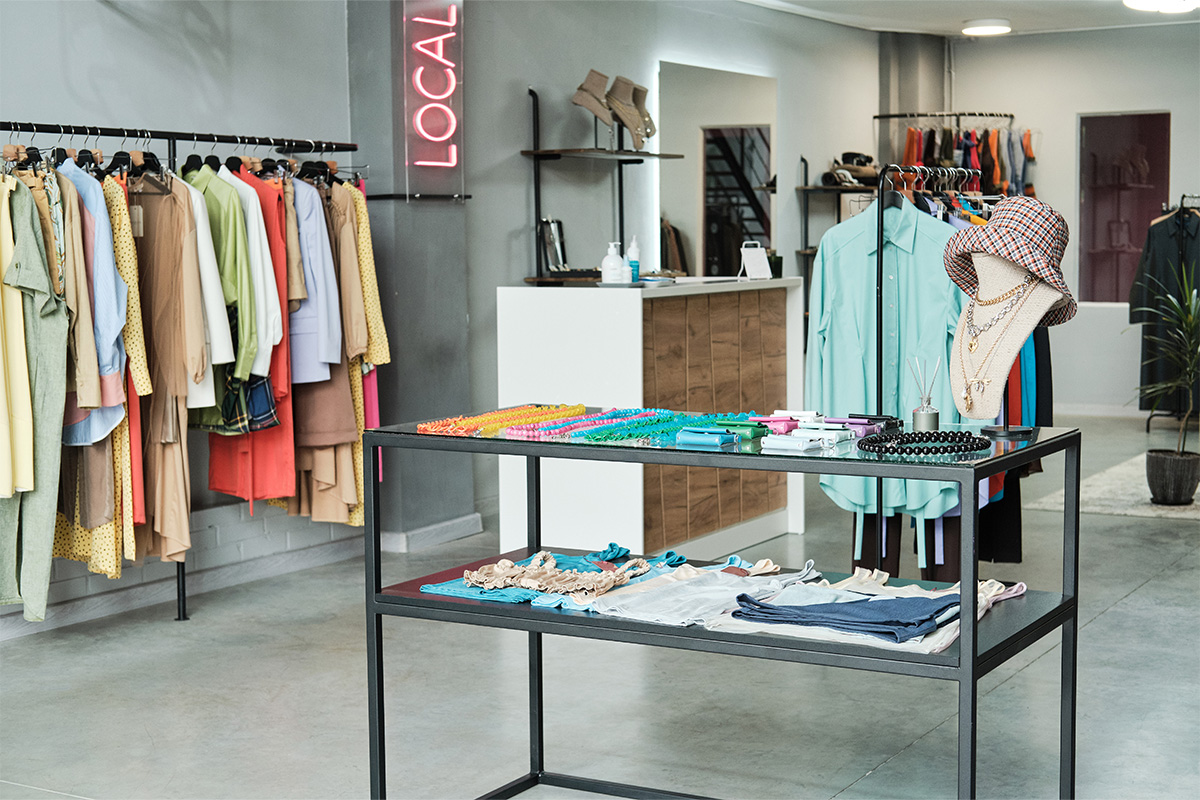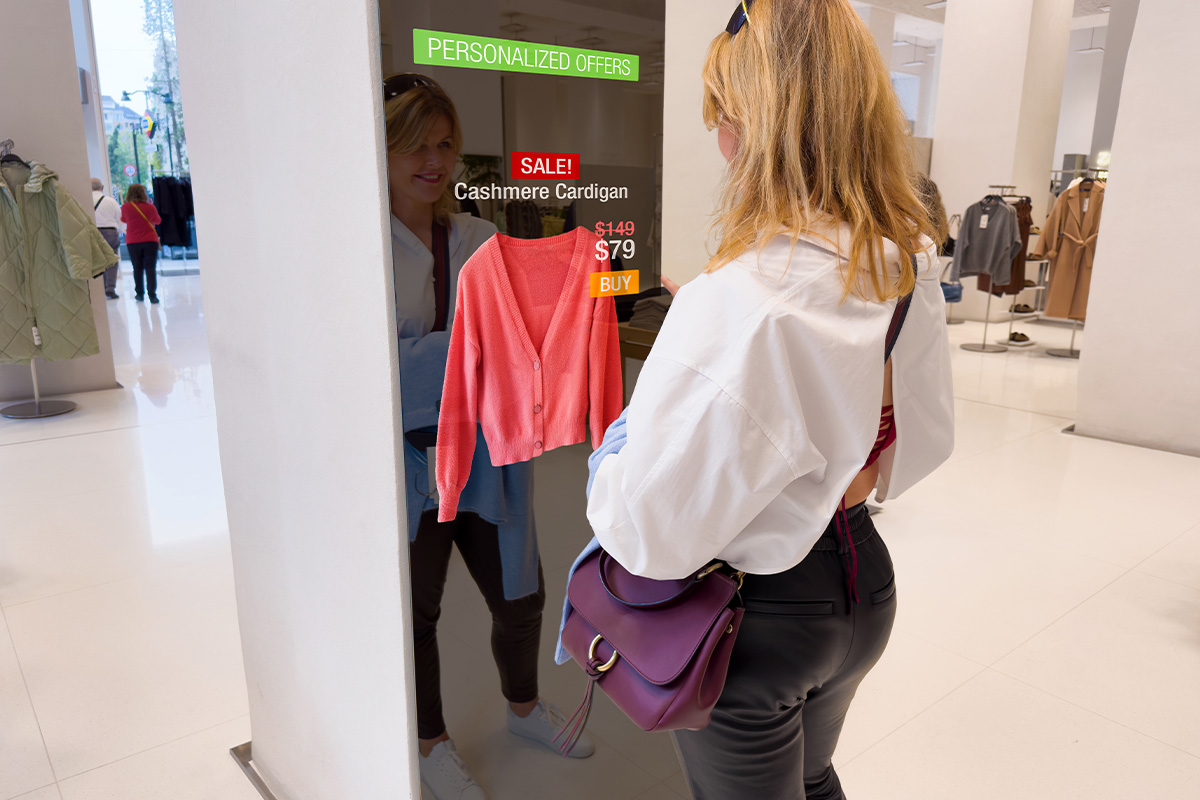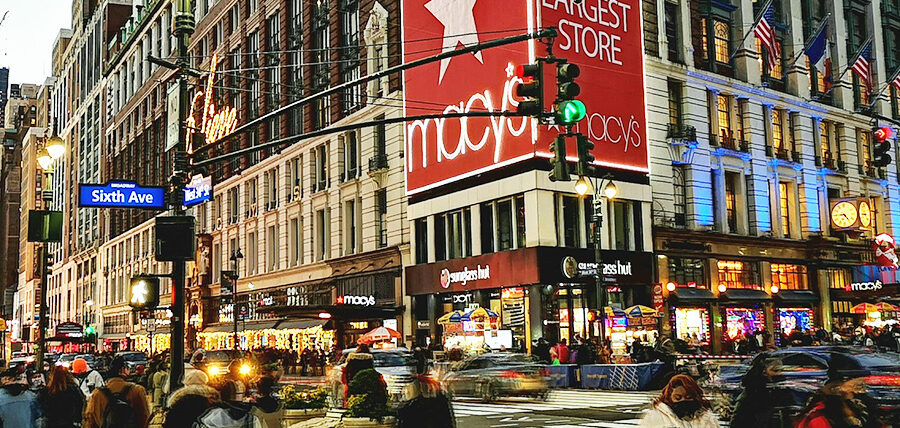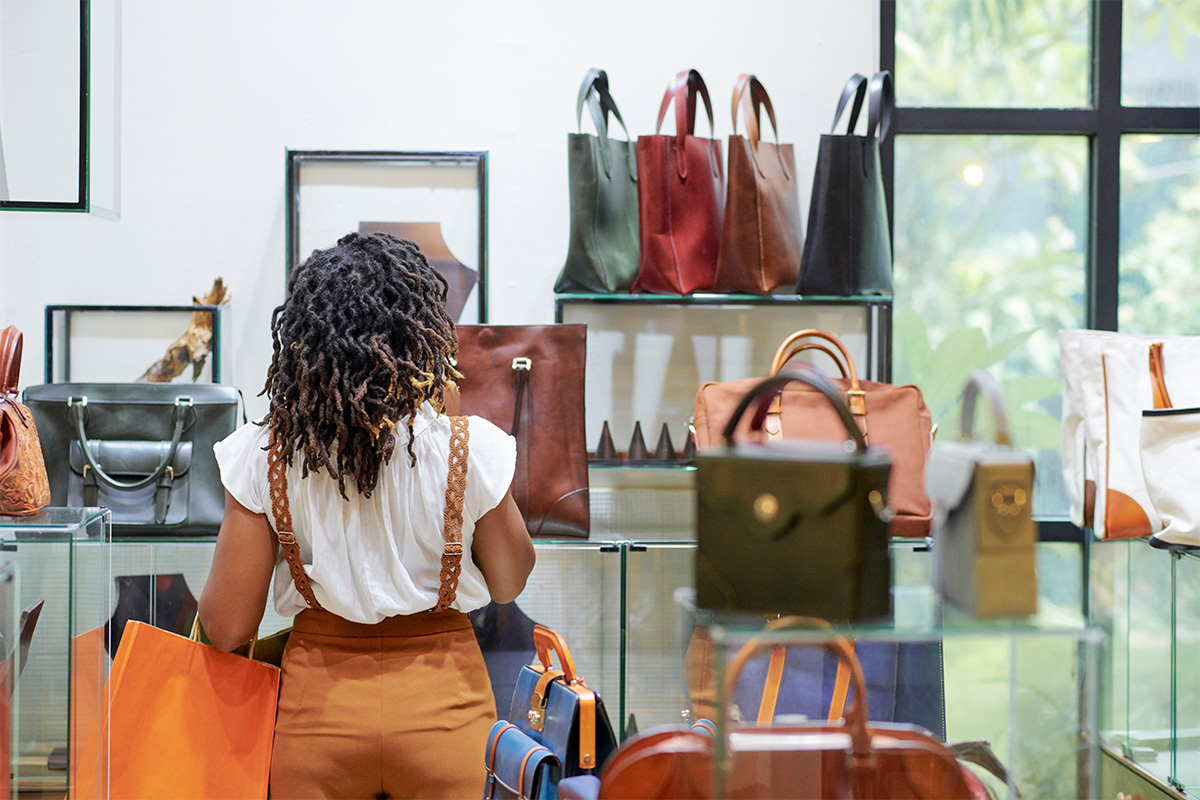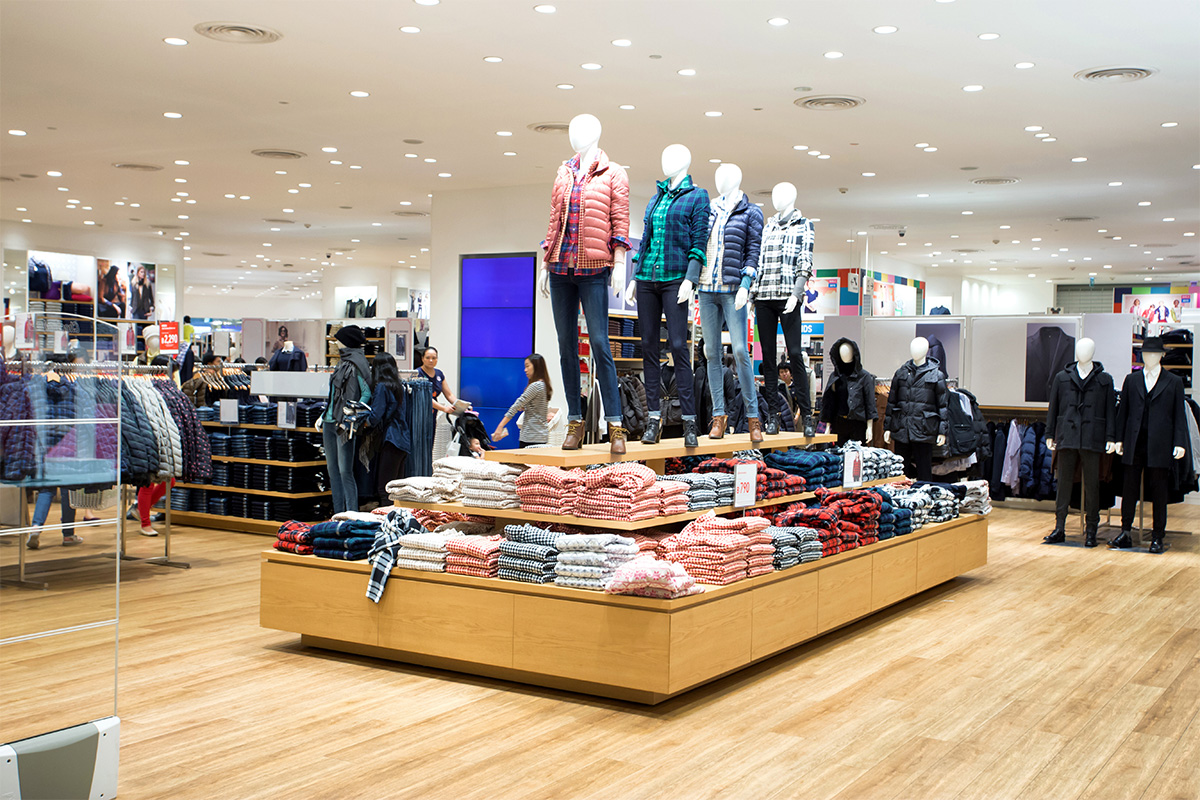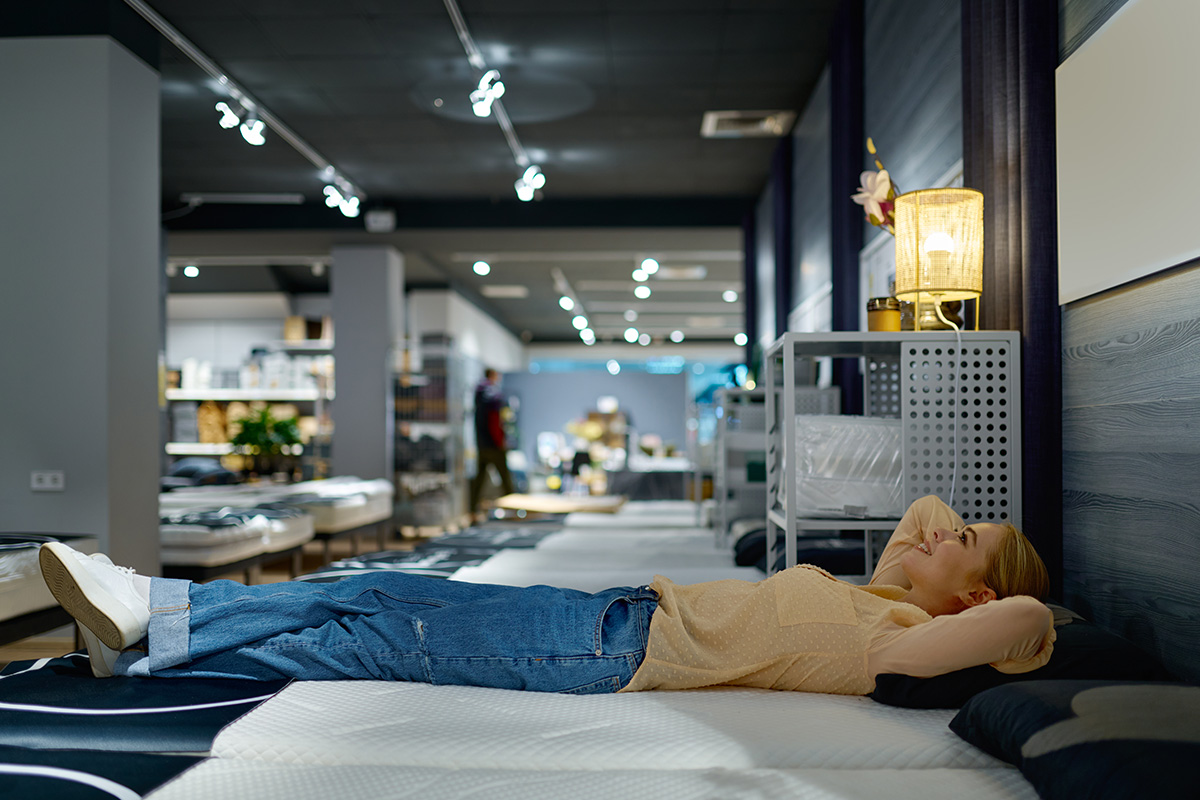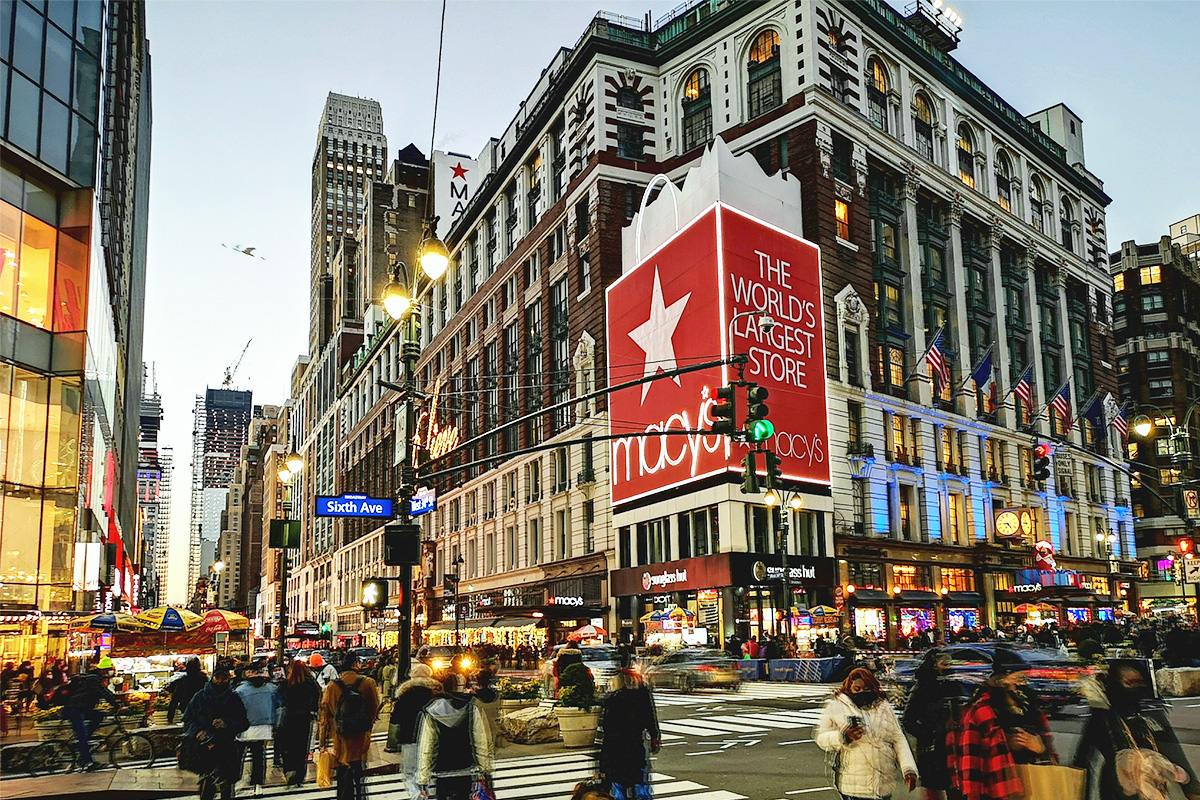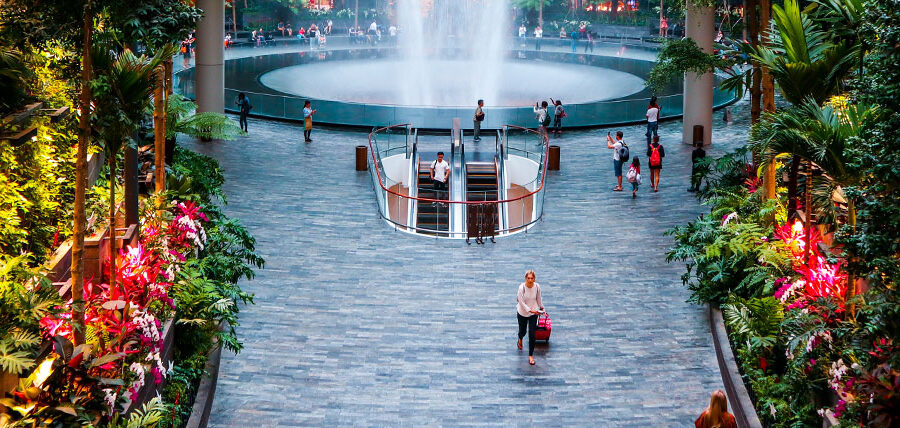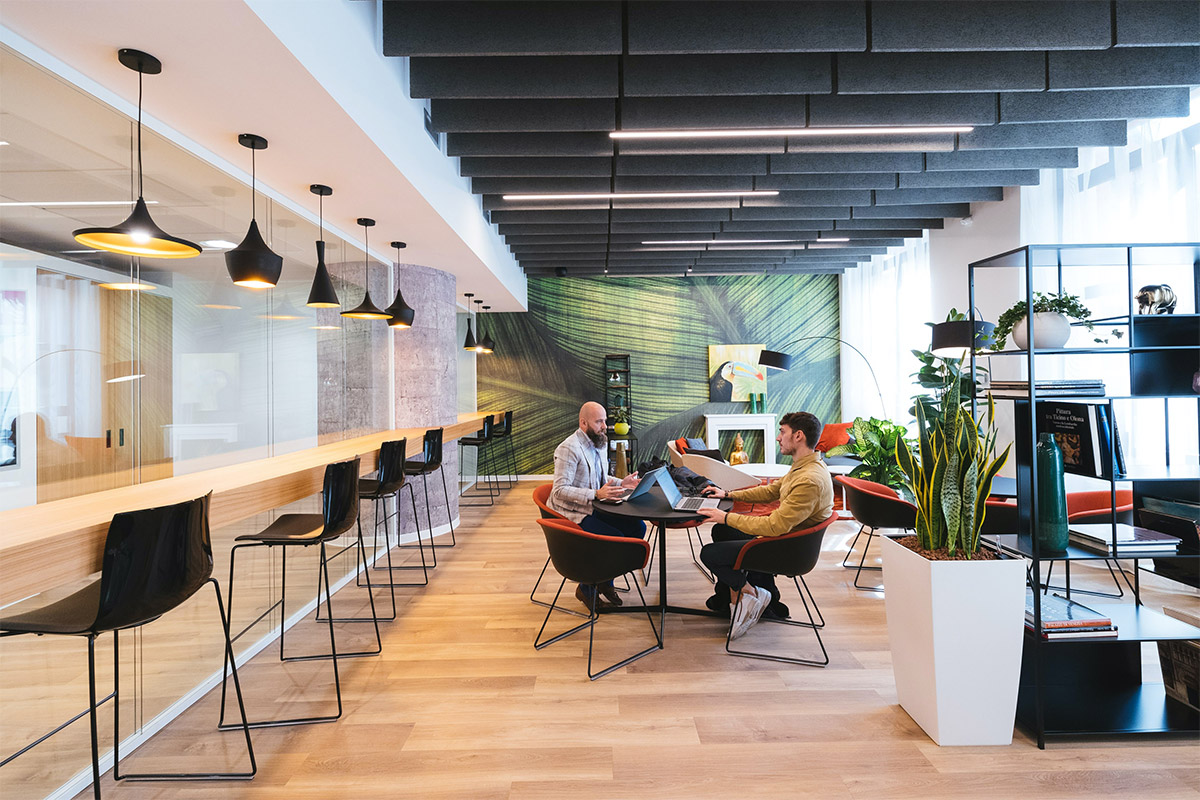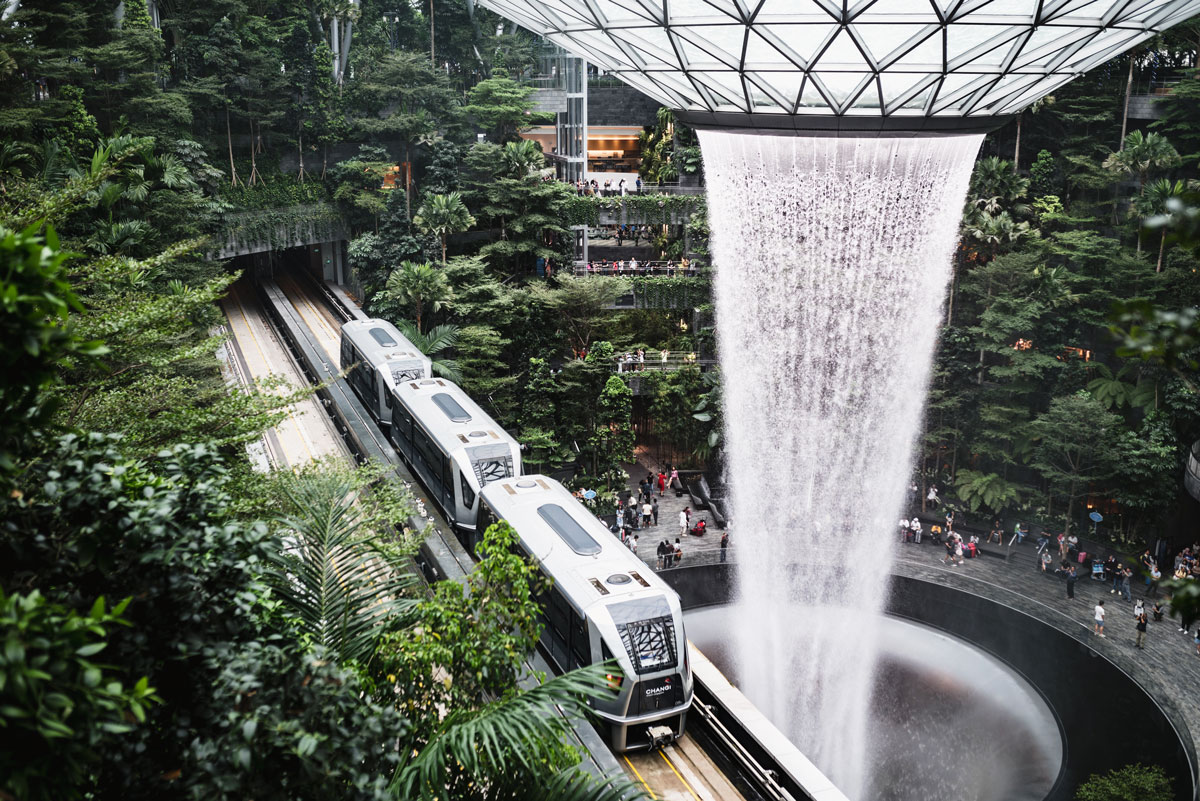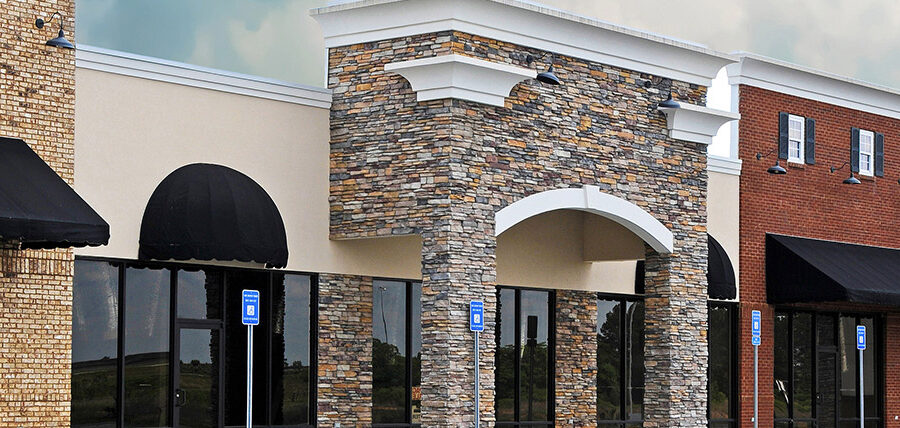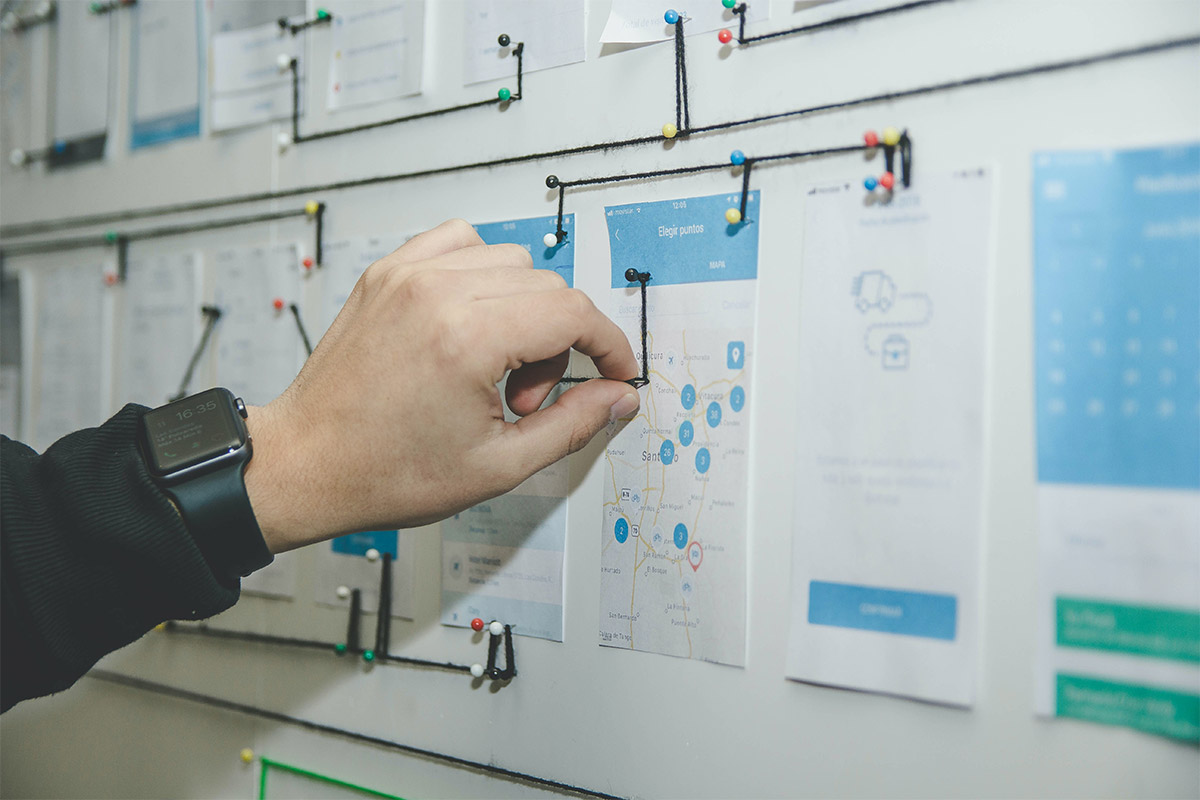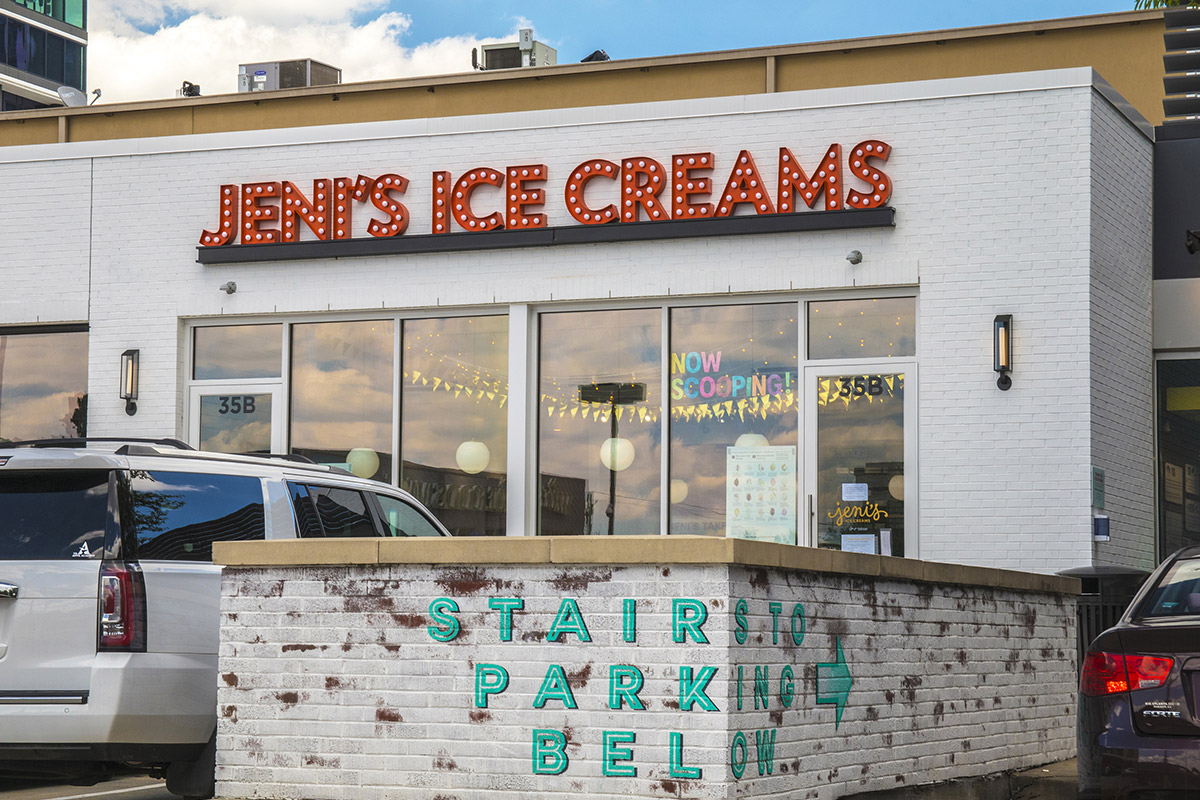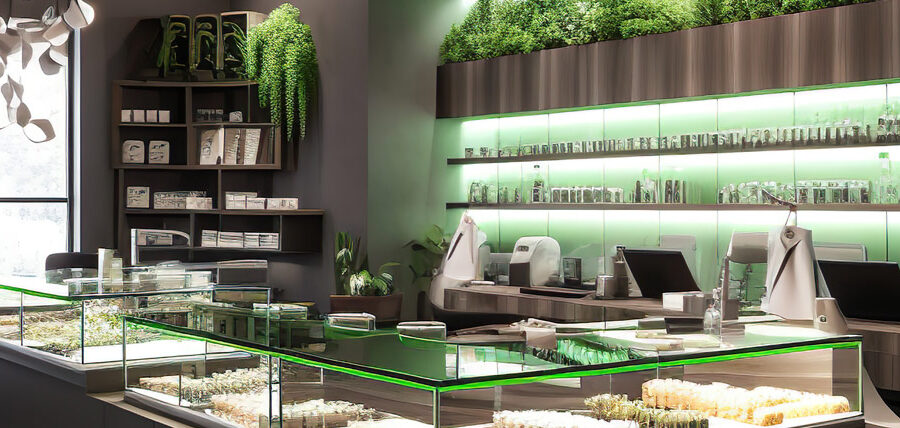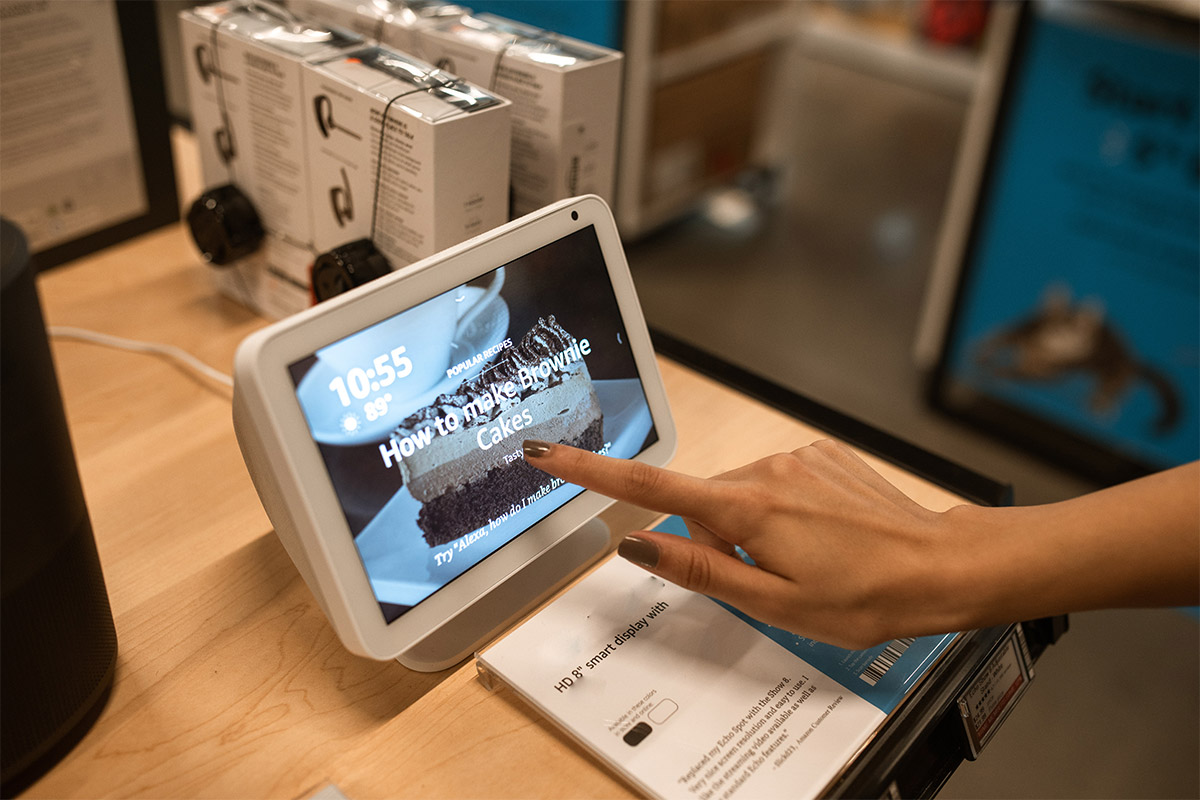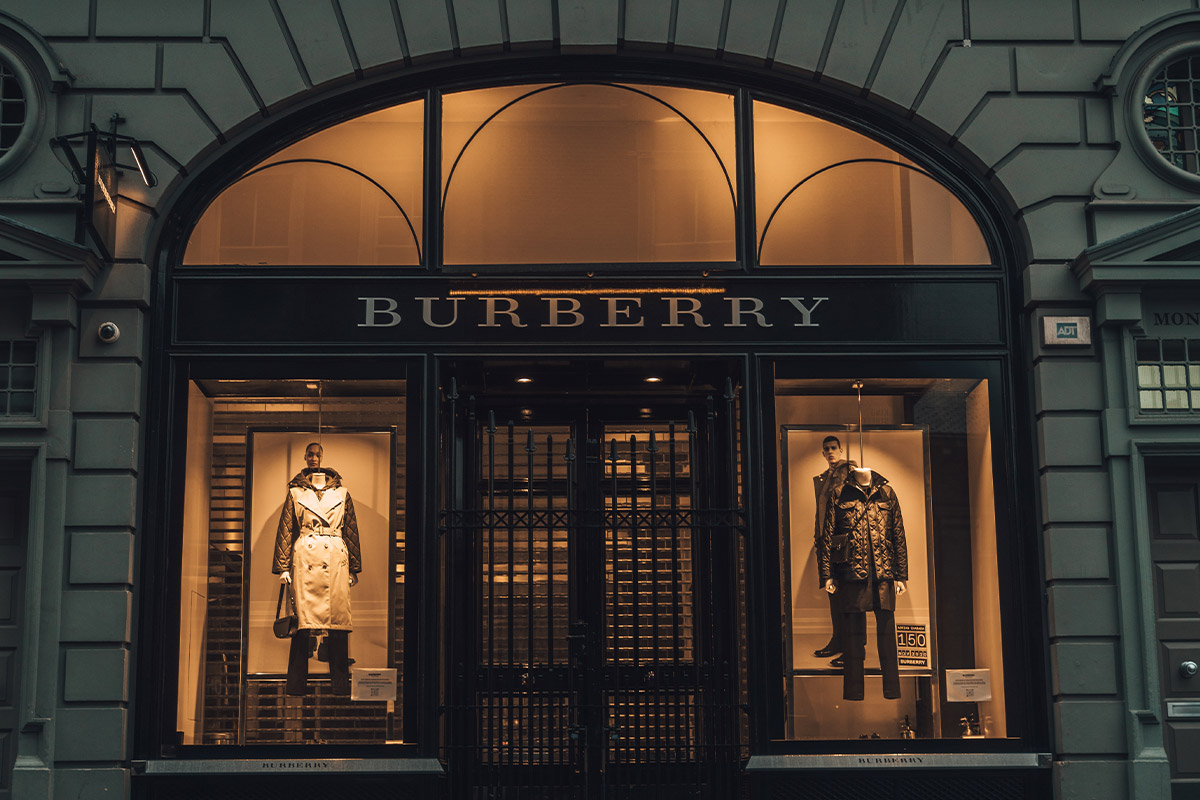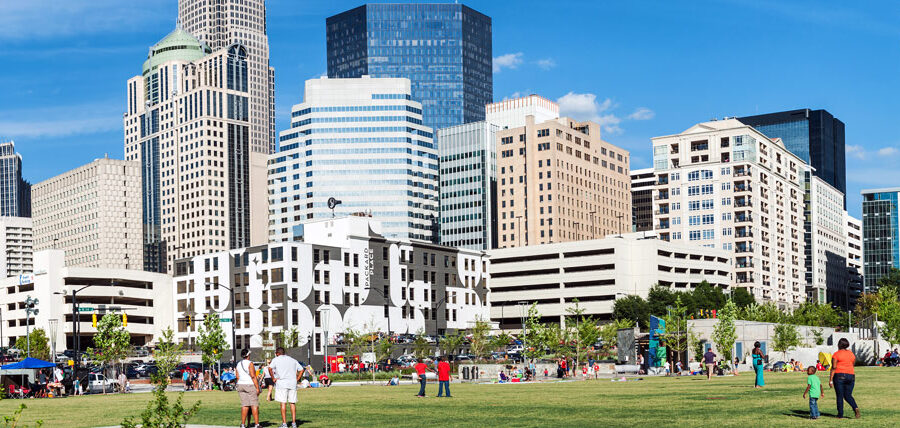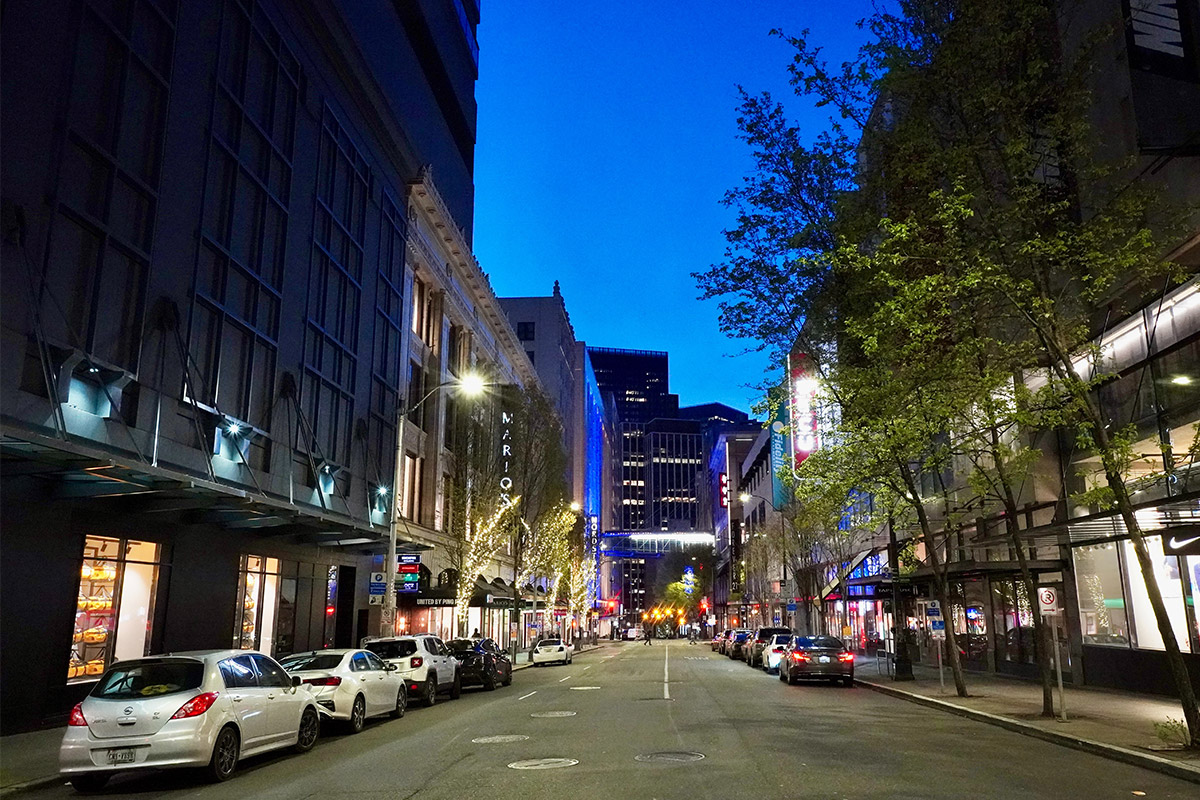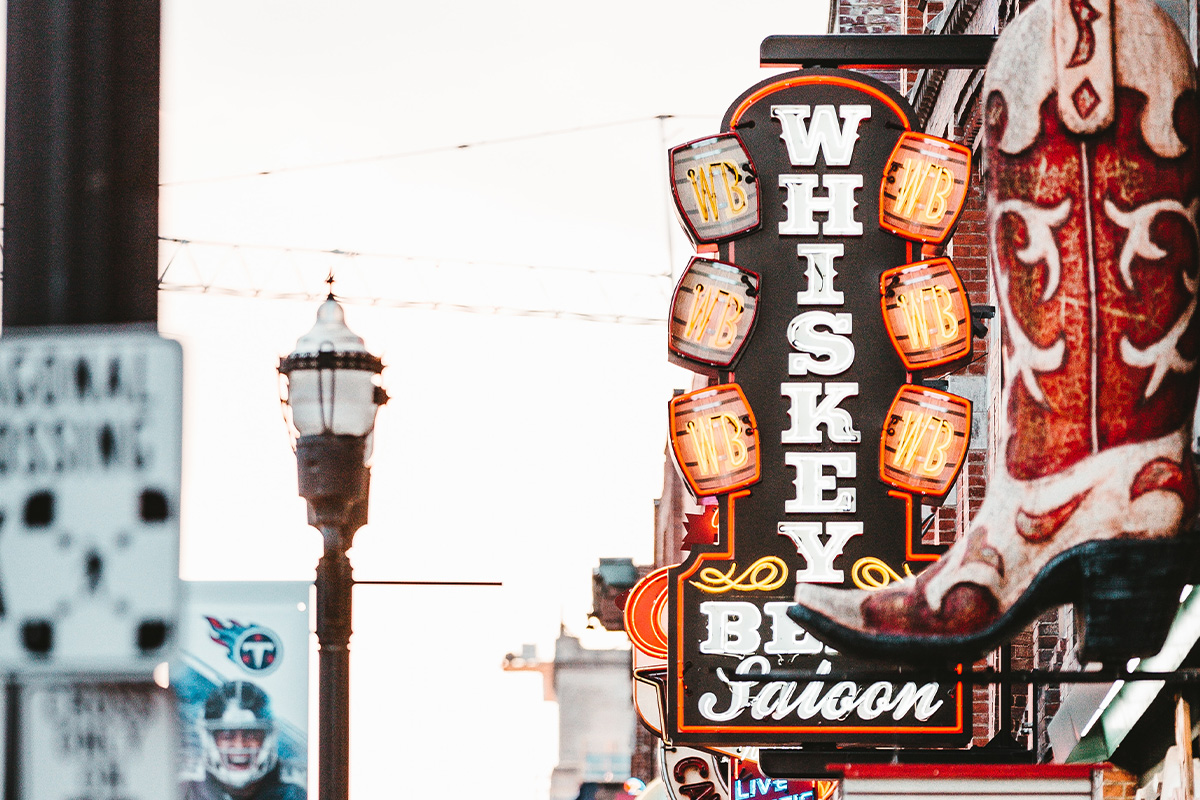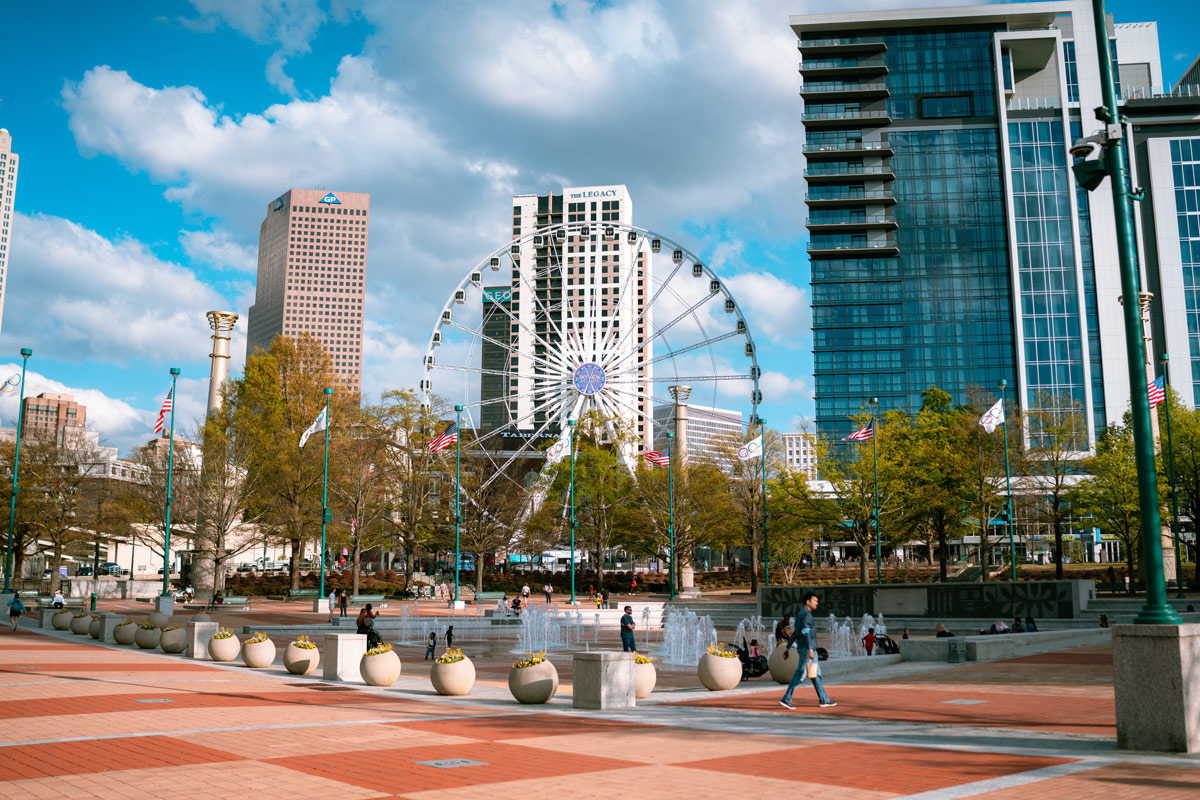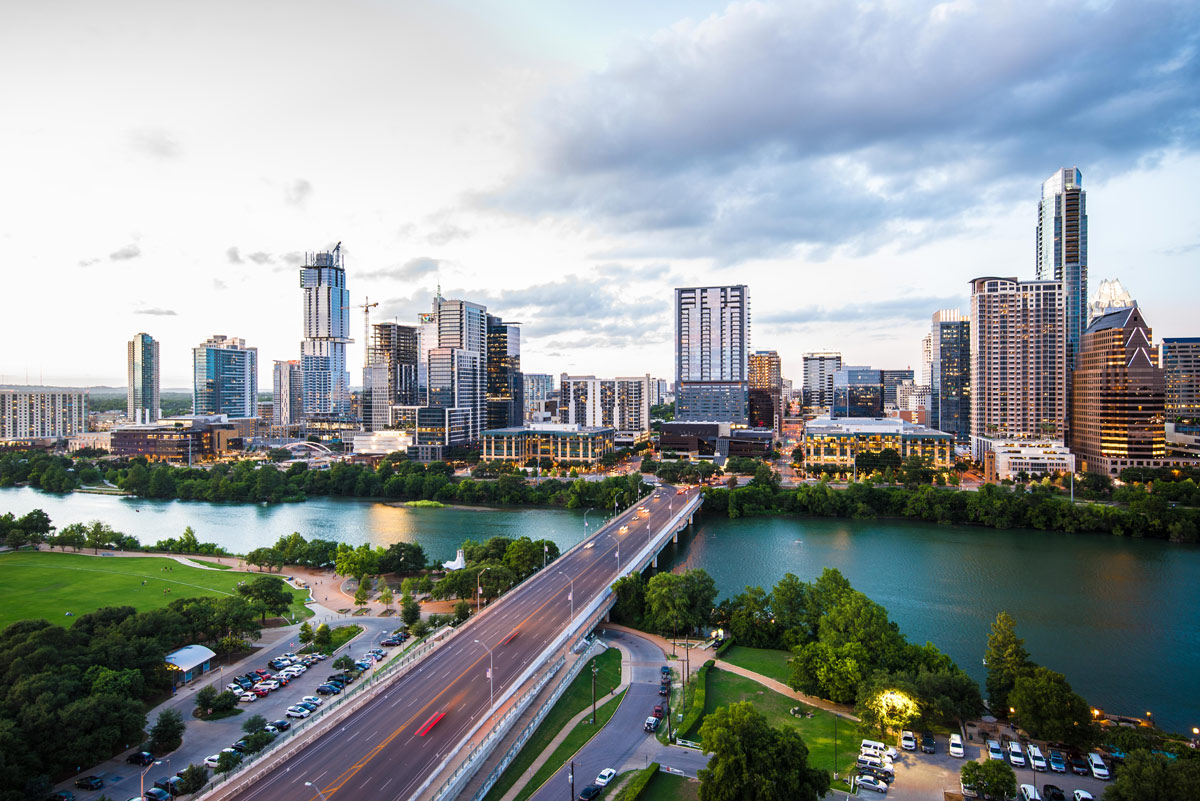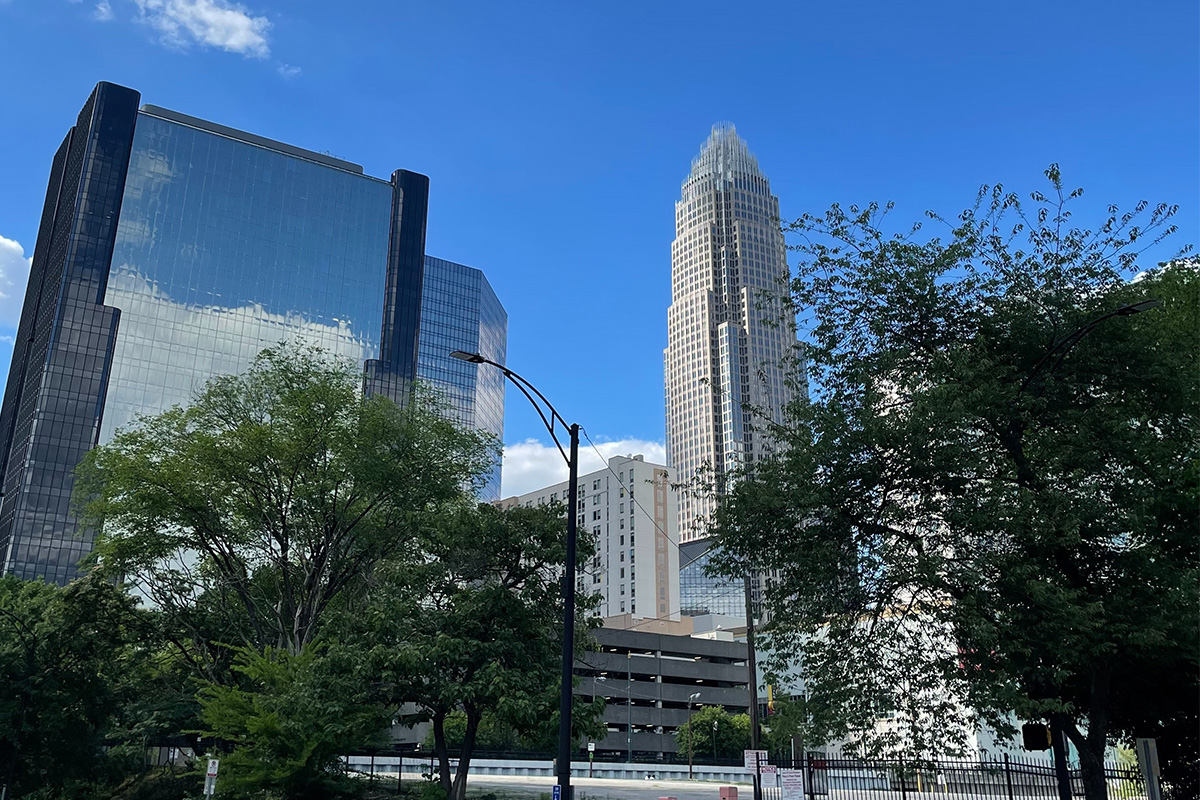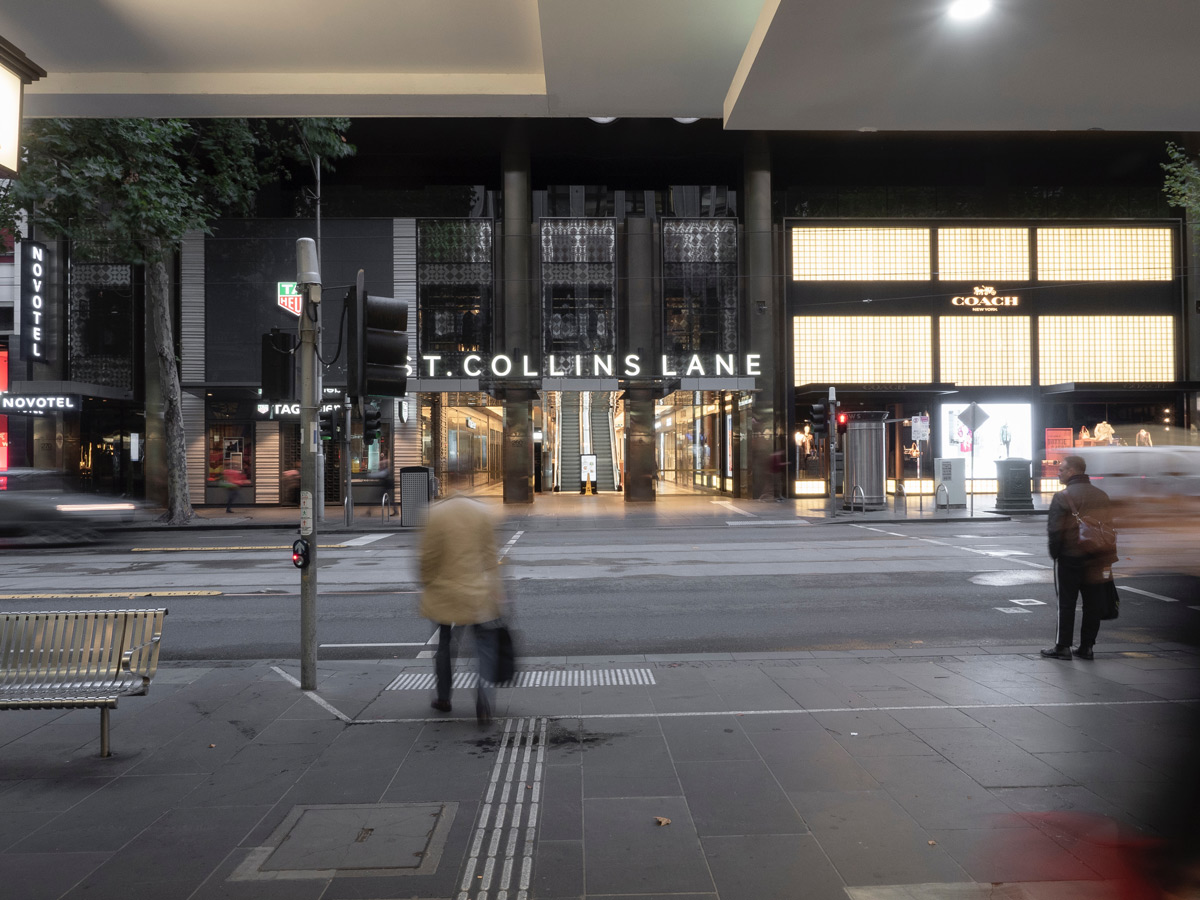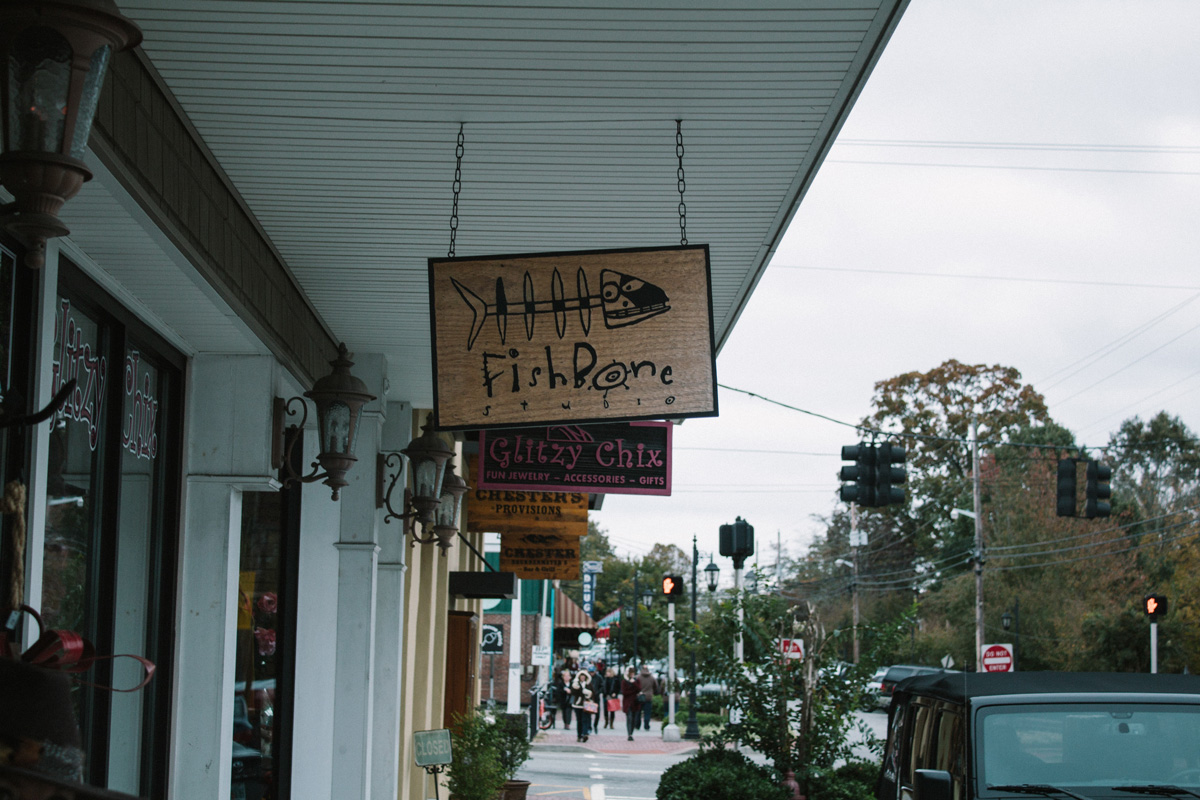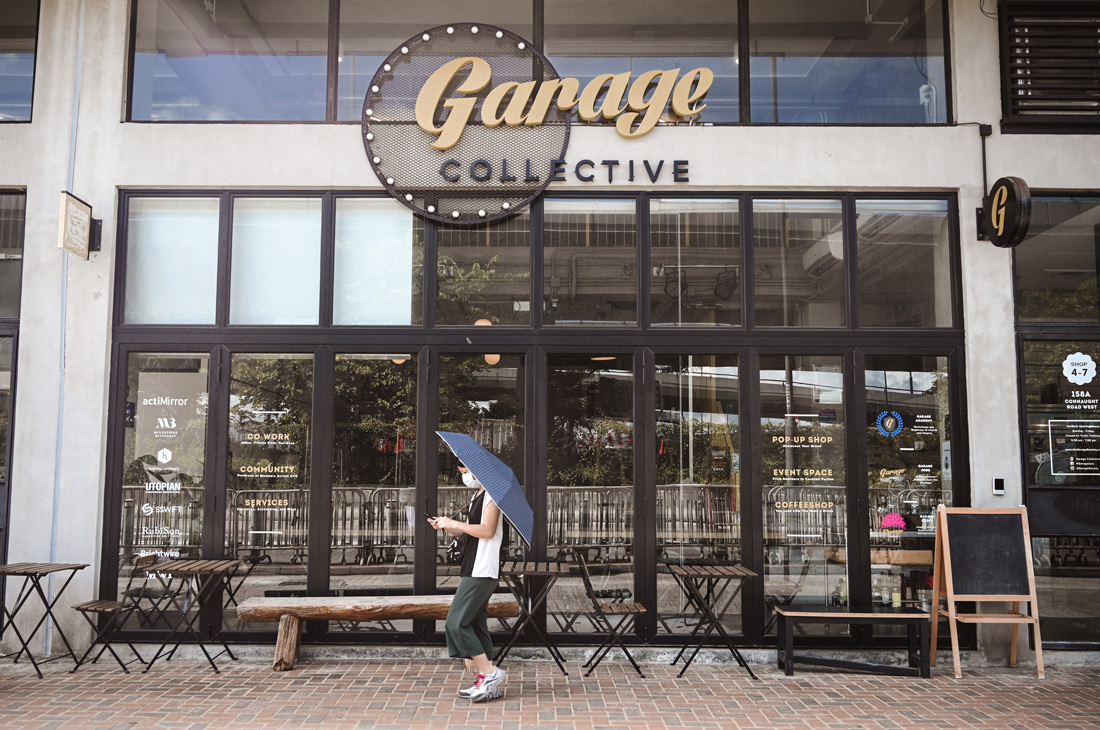The consumer electronics industry is thriving, projected to balloon to nearly $1 trillion by 2029. This explosive growth reflects the profound impact electronics have on our daily lives. Consumer electronics are no longer just nice-to-have items for most people.
Today many consumers use tech to buy more tech; but decades ago, if you wanted the latest tech gadgetry, you’d head to the nearest Radio Shack. There you could purchase everything from electronics parts to the first iterations of the home computer and so much more.
Radio Shack led to the birth of consumer electronics stores like Circuit City, Ultimate Electronics, and Best Buy. People would flock to these stores, particularly on Black Friday, to get the latest TV, phone, VCR, and stereo system. But consumer electronics stores found it hard to stay relevant in a world of expanding online retail options. BestBuy continues to explore new ways to add value, and Radio Shack, once hanging on by an ethernet cable, is reportedly clawing its way back. The rest have long since boarded up the doors. That makes us wonder: Does anyone care about consumer electronics stores anymore? And how did we get here? Have selection, accessibility, and relatively lower costs caused us to take consumer electronics for granted?
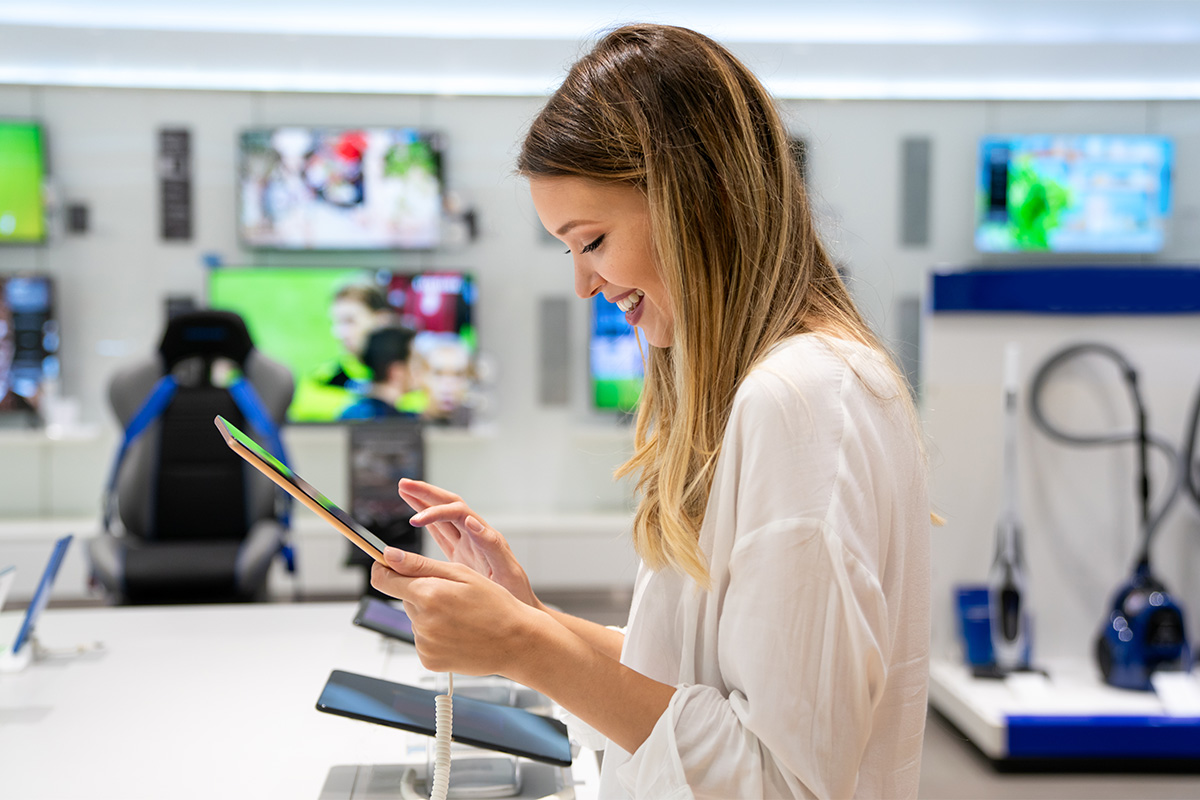
A Tale of Two Location Strategies: Best Buy vs. Circuit City
In the 1970s, Circuit City was the top consumer electronics store in the country. The retailer had knowledgeable experts ready to help consumers make the best choices for their needs; it was widely considered a trustworthy place to shop.
But things change.
The internet equalized access to knowledge and more education consumers knew what they wanted to buy when they came to the store. Modern consumers wanted convenience, but Circuit City (like Blockbuster) failed to pay attention to the changing dynamics in the industry. And they did not recognize how desperately they needed to change their location strategy to appeal to consumers.
“Circuit City chose inconvenient store locations and consumers chose to visit the more convenient Walmart stores; it was slow to supply its customers gaming technology, failed to promote products from popular vendors like Apple; and its web site was underdeveloped just as Amazon was beginning to surge in popularity.” – Inc
Best Buy
Best Buy not only survived through the disruption of Amazon and the pandemic, but has managed to thrive. But how?
@aubrey.janik What happened to Circuit City? #greenscreen #circuitcity #MacysGiftTok #SpotifyWrapped
♬ original sound - Aubrey Janik
Best Buy embraces the evolving market by offering a compelling combination of physical experience, expert advice, and the convenience of a pre-owned market. During the pandemic, the retailer acted quickly to provide curbside service and adjust its business model to meet consumer demand. The brand didn’t just make it through the dark times, but came “roaring out of the pandemic era with 37% sales growth.” The secret to its success? Using data analytics to inform their retail location strategy.
“Best Buy recognized that 70% of US consumers lived 15 minutes or less from one of their physical locations. This meant they could offer a service where customers could use the website to view products, and then find out if the item they wanted was in stock at their local store. If so, they could simply place their order, and then head down to the store and collect it – much in the same way Starbucks offers its mobile order-and-pay service – cutting down on time spent browsing shelves in store.”
– Future Stores
Now, they are using that responsive approach while diversifying their offerings to appeal to modern consumers with Best Buy Health and strategic partnerships with hospitals and healthcare electronics that bridge the healthcare gap.
Consumer Electronics in Brick-and-Mortar
The consumer electronics industry faces a fascinating challenge. The very technology it offers has empowered consumers to bypass traditional stores in favor of online shopping. Direct-to-consumer giants like Apple establish their own retail spaces, while e-commerce behemoths like Amazon offer unparalleled convenience and competitive pricing, both diminishing foot traffic in electronics stores.
That said, dismissing physical retail entirely would be a strategic misstep; while convenience is a strong consumer driver, physical stores offer crucial advantages.
Electronics brands still benefit from partnerships with brick-and-mortar retailers. An in-store presence allows brands to showcase new devices, provide tactile experiences, offer personalized recommendations by knowledgeable staff, and provide pre-owned offerings catering to budget- and eco-conscious consumers.
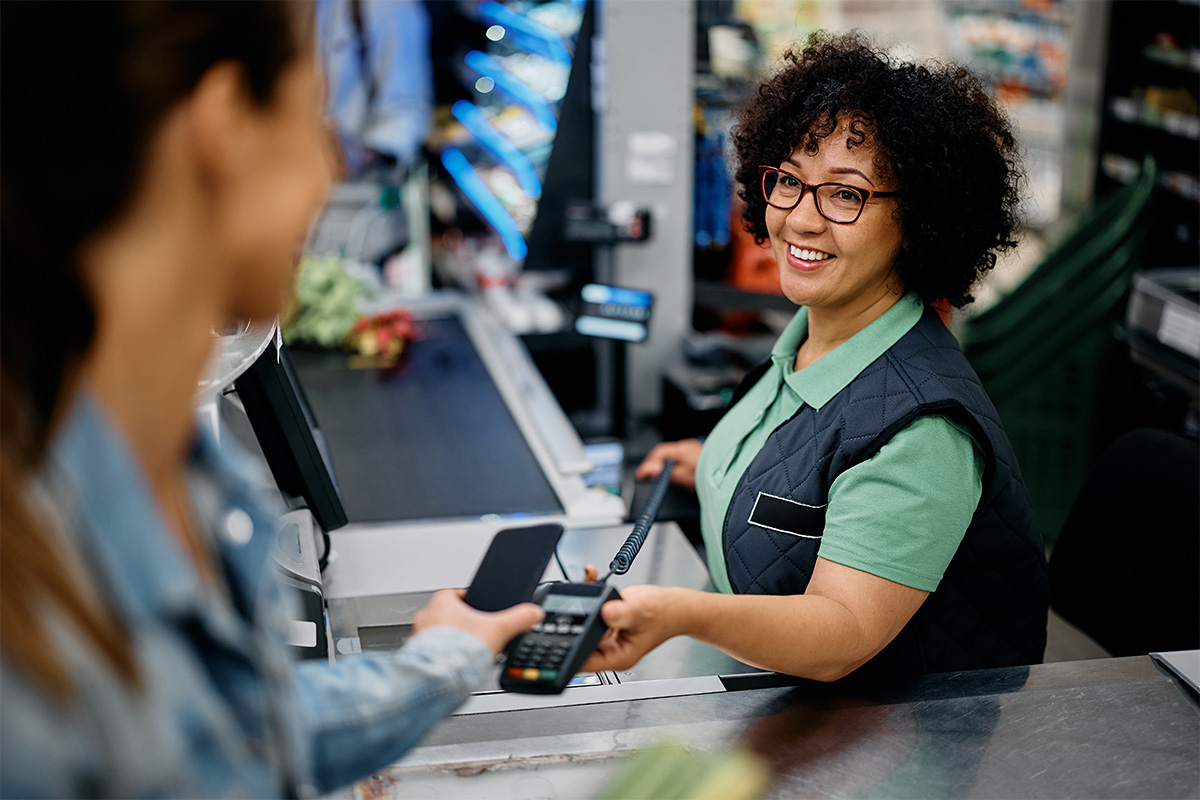
Retail Strategy for the AI, 5G, XR Age
Consumers already rely on electronics to deliver a seamless lived experience; this will only become more prevalent as AI and 5G converge. Add holography and virtual reality to the mix and the world we experience in even the next five years will look remarkably different than the one we’re living in now—and it will largely be driven by consumer electronic devices that keep consumers connected to the world. Our devices have become critical tools for delivering the products, experiences and connections consumers want.
“Consumer electronics are a very peculiar industry, one that shares elements with the fashion and luxury industries, with the added pressure of being reference voices for innovation and new trends. This means that the evolution in consumer electronics ecommerce is far from over, and all its main actors will keep looking for a strategy that gives them at least a little advantage over its competitors.”.
– VTex
As a result, partnerships between retailers and consumer electronics brands are increasingly strategic, with collaborations geared toward creating immersive in-store experiences, leveraging online platforms, optimizing supply-chain logistics, and more.
Some examples:
• Vizio & Walmart – The retail giant’s recently announced the $2.3 billion purchase of its largest TV vendor, giving Walmart a stronger foothold in the business of selling ads, subscriptions, and other revenue-generating activities.
• Samsung & Best Buy – This strategic partnership involves co-branded promotions, pre-order campaigns, and in-store experience zones. Samsung benefits from prominent store placement, dedicated staff promoting their products, and amplified marketing reach through Best Buy’s channels.
• Apple & Apple-Authorized Resellers – Apple partners with authorized resellers, allowing a wider physical presence while maintaining control over product and customer service.
• Dyson & Target – Dyson partnered with Target to offer a curated selection of its products in select stores. This grants Dyson a physical store presence and broader brand exposure.
Future Opportunities and Challenges
Advancements in technology coupled with evolving consumer preferences and the rise of e-commerce has fundamentally reshaped electronics retail. Stores like Best Buy offer a compelling example of how to adapt.
Survival hinges on surpassing the simple act of selling electronics. Today, it’s about the entire customer experience: seamlessly integrating online and in-store options, prioritizing convenience, and offering personalized tech solutions. This shift acknowledges the ever-increasing demand for the latest gadgets while addressing the growing concerns around sustainability and ethical manufacturing. Building partnerships with brands that share these values becomes crucial to staying competitive in a landscape driven by tech-savvy consumers with ever-evolving expectations.


